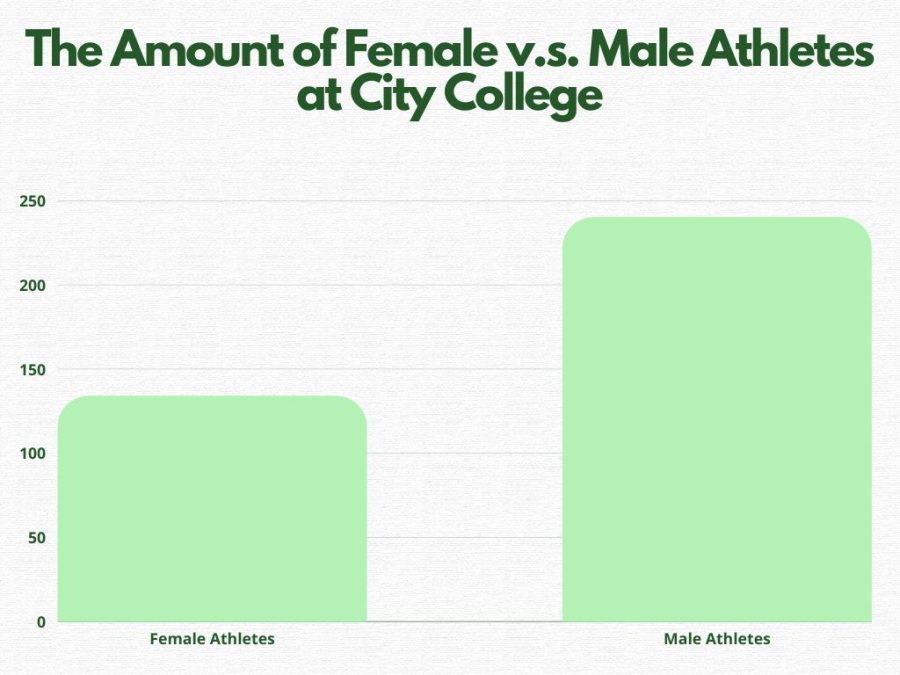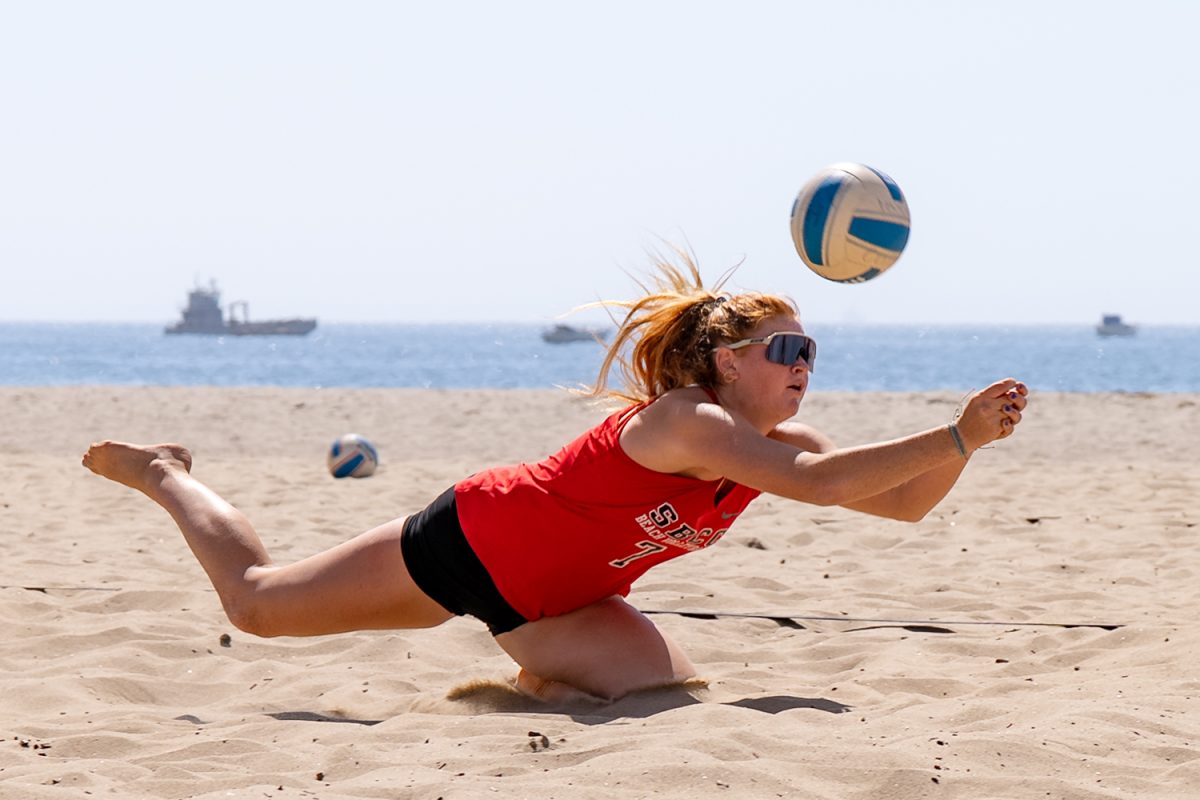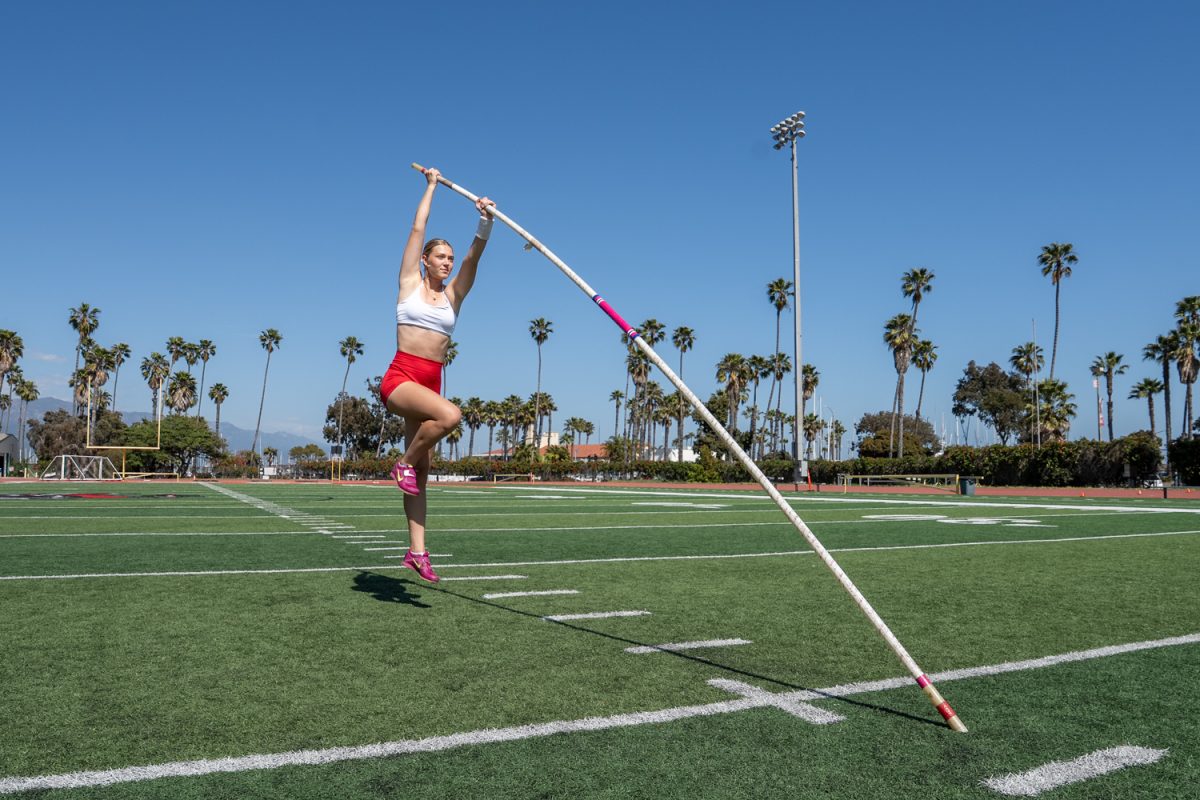The City College Athletic Department is required to follow the California Community College Athletic Association Title IX gender equity laws in order to compete in their athletic conferences.
The Office for Civil Rights created Title IX because women were underrepresented and faced educational and athletic inequalities. Congress passed Title IX on June 8, 1972 and it got signed into law on June 23, 1972. This law now allows for all students at any school who receives federal funding to be protected from sex-based discrimination.
Before Title IX was passed, women and girls were excluded from most athletic opportunities at schools. Women were not allowed to take certain academic courses, instead they were expected to have higher grades and test scores than men when being admitted to college, and they generally faced more sex-discrimination issues. The passing of the law changed the way institutions saw gender.
City College’s Title IX and Gender Equity Coordinator Linda Esparza Dozer was unavailable to comment on this topic.
According to City College’s athletic page there are currently 240 male athletes and 134 female athletes. Although women athletes are considered to be underrepresented by these numbers, City College is still in compliance with Title IX gender equity laws.
“We meet part three of the test,” Athletic Director LaDeane Hansten said. “Test three means that we fully and effectively accommodate the underrepresented gender.”
City College must complete and submit a Statement of Compliance of Title IX gender equity and the three-part test to the CCCAA every year by Nov. 1. The three-part test is used to determine whether students of both sexes are provided nondiscriminatory opportunities to participate in athletics.
The three-part test includes three requirements that the institution needs to meet: (1) participation proportionate to full-time undergraduate enrollment; or (2) continued program expansion for the underrepresented gender; or (3) fully and effectively accommodating the underrepresented gender.
Hansten said that although City College does not have an even number of male athletes to females, they are doing everything they can to accommodate women athletes.
The U.S. Department of Education says, “an institution that does not provide substantially proportional participation opportunities for men and women may comply with Title IX by satisfying either part two or part three of the test.”
In other words, if an institution does not have an equal number of female athletes to male athletes, it can choose which part of the test it plans to meet.
This is what the Vaquero’s have done. Since City College does not meet part one of the test; having proportionate participation in men and women athletes, or meeting part two; continuing program expansion for women athletes, City College has chosen to meet part three and fully accommodate women athletes.
Ultimately, the gender equity law let’s schools have flexibility regarding how they will provide nondiscriminatory participation opportunities.
Title IX is mainly focused on meeting the needs of women interested in athletics. The result of this has been an increased level of involvement of women in sports at all levels. Even though there may be less women participating in sports at City College, the school is always making efforts to increase participation and opportunities for them.
“The only things we don’t offer that is a CCCAA sport is women’s wrestling and badminton,” Hansten said. “Simply because we don’t have women interested in those sports.”
There is not much more the Vaquero’s can do to accommodate women athletes other than to increase recruitment and number of athletes.
City College has found ways to meet the law requirements while creating equal opportunities for women athletes. If other colleges are struggling to do this, the CCCAA has created steps to take in order to start accommodating for the underrepresented gender.
CCCAA has supplied a gender equity resource page with many different links to helpful sites.










![Milton Alejandro Lopez Plascencia holds a flag showcasing the United States and Mexico on Feb. 7 in Santa Barbara, Calif. “It’s heartbreaking to see what is happening all across the country,” Lopez Plascencia said. “I [want] my voice to be heard by the community.”](https://www.thechannels.org/wp-content/uploads/2025/05/MGSImmigration-1-1200x800.jpg)




